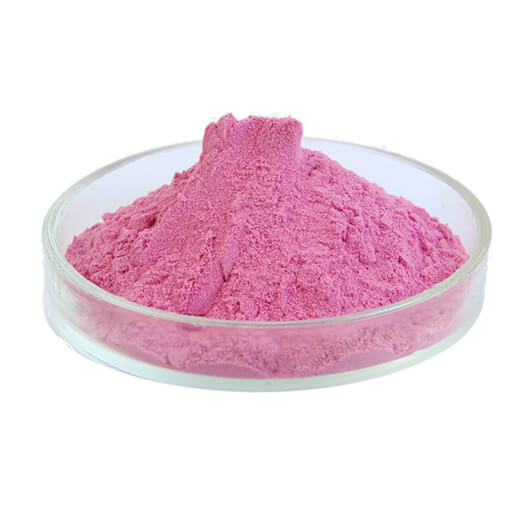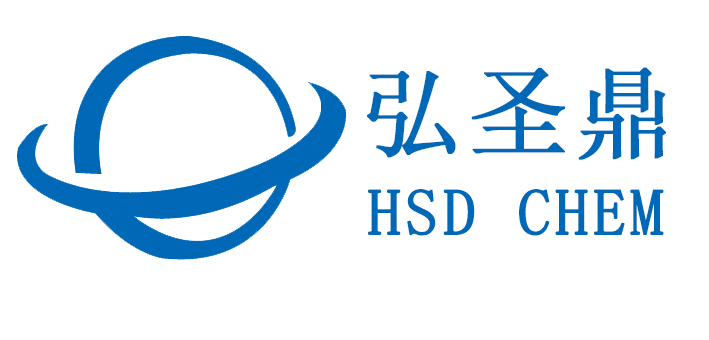
Erbium Oxide
| Chemical Composition | Erbium Oxide | ||
|---|---|---|---|
| Er2O3/TREO (% min.) | 99 | 99.5 | 99.9 |
| TREO (% min.) | 99 | 99 | 99 |
| Loss on ignition (% max.) | 1 | 1 | 1 |
| Rare Earth Impurities | % max. | % max. | % max. |
| Dy2O3/TREO | |||
| Ho2O3/TREO | |||
| Tm2O3/TREO | Total 1.0 | Total 0.5 | Total 0.1 |
| Y2O3/TREO | |||
| Other rare earth impurities | |||
| Non-Rare Earth Impurities | % max. | % max. | % max. |
| Fe2O3 | 0.005 | 0.002 | 0.001 |
| SiO2 | 0.02 | 0.01 | 0.005 |
| CaO | 0.02 | 0.02 | 0.01 |
| PbO | – | – | – |
| NiO | – | – | – |
| CuO | – | – | – |
| Cl- | 0.05 | 0.03 | 0.03 |
Brief introduction
Formula: Er2O3
CAS No.: 12061-16-4
Molecular Weight: 382.56
Density: 8.64 g/cm3
Melting point: 2344°C
Appearance: Pink powder
Solubility: Insoluble in water, moderately soluble in strong mineral acids
Application
Erbium Oxide also called Erbia, an important colourant in glasses and porcelain enamel glazes. High purity Erbium Oxide are widely applied as dopant in making optical fibre and amplifier. It is particularly useful as an amplifier for fiber optic data transfer. Erbium Oxide has a pink color, and is sometimes used as a colorant for glass, cubic zirconia and porcelain. The glass is then often used in sunglasses and cheap jewelry.

